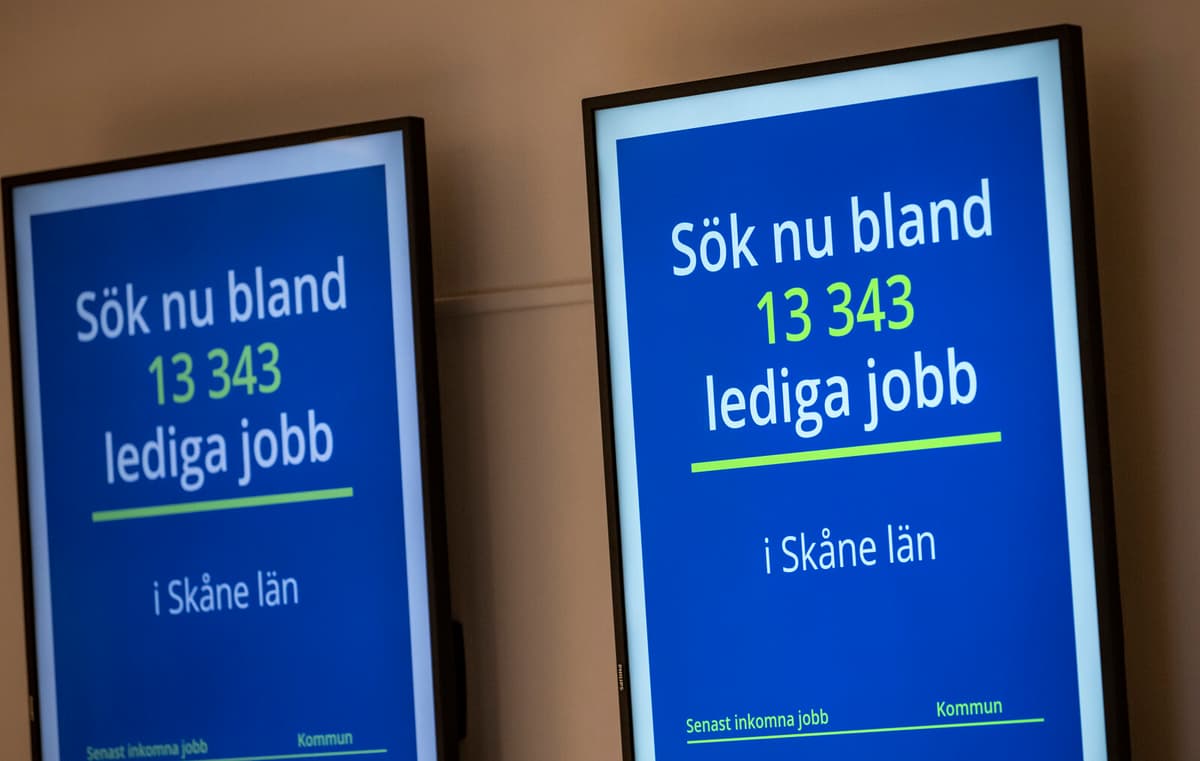Unemployment fell in March according to new statistics from the Employment Service and is now at 7.1 percent.
This is the second month in a row that unemployment has fallen slightly, and thus a small trend break.
However, unemployment is still high. At the beginning of the year, it has been at the highest levels since the pandemic in 2021.
Compared to a year ago, 18,000 more people are registered as unemployed. It is also high from an EU perspective, although it is difficult to compare other countries' figures directly.
The number of notices of termination was simultaneously at around 5,100 people, which the Employment Service describes as a sign of a weakened labor market.
Believe in a decline
We are in a recession and we actually see that unemployment, in the form of the underlying trend, has been increasing for a year and a half, says Emil Persson, labor market analyst at the Employment Service.
And yet the authority does not dare to say that it has turned.
We have a couple of months where we see that unemployment has stalled and started to decrease slightly. But we want to see a few more months where we see the same thing before, says Emil Persson.
The decline is in line with the authority's prognosis from December. In it, the Employment Service calculates that unemployment will stop increasing during the spring and then decrease during the fall.
But the prognosis has become more uncertain due to the situation in the global economy.
It can affect the Swedish economy and the Swedish labor market, but we don't know the extent yet, so we want to be cautious, says Persson.
The next prognosis will come in June.
Youth more mobile
Among young people, unemployment has also decreased in March. Youth unemployment stands at 7.7 percent.
Young people have had it tough during the recession, but the last few months, unemployment for them has also started to decrease, which is very positive, says Emil Persson.
Youth unemployment can often be seen as an early indicator of how the entire labor market will develop, he says.
Young people are a bit more mobile. Often, they are the ones who are laid off first in a recession, but it is also often the ones who find jobs the fastest when it turns upwards, says Emil Persson.





